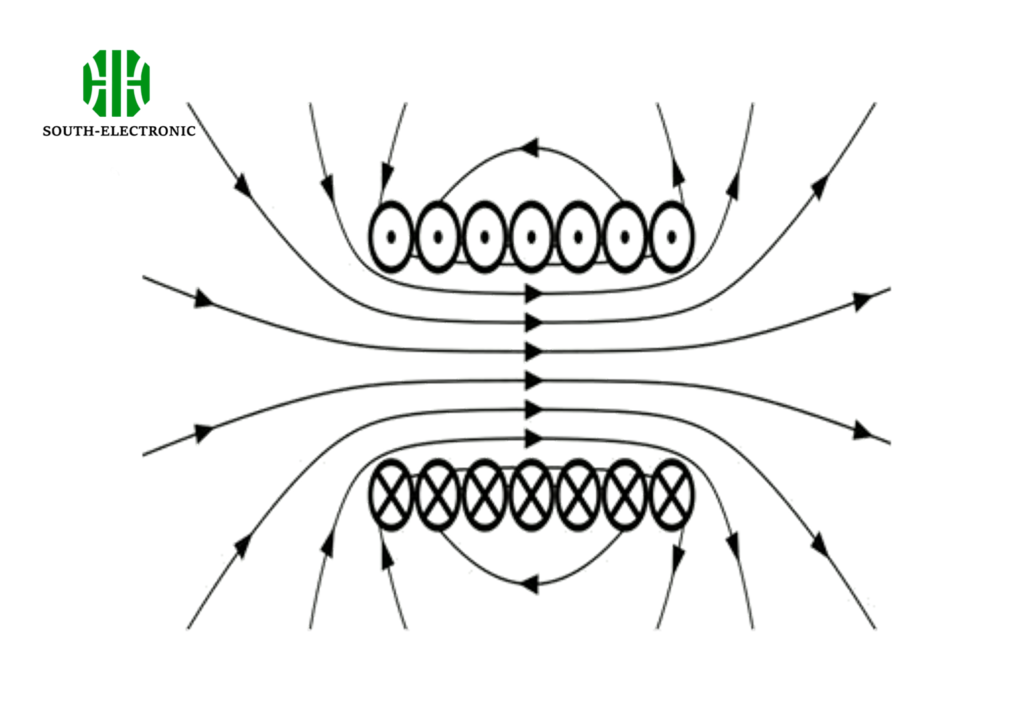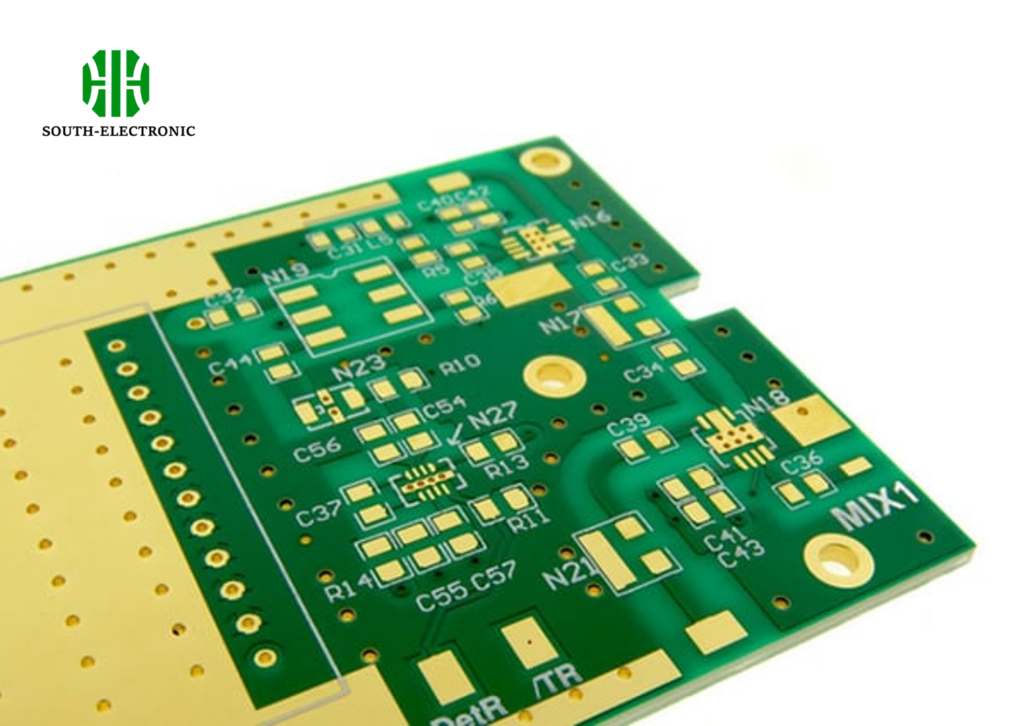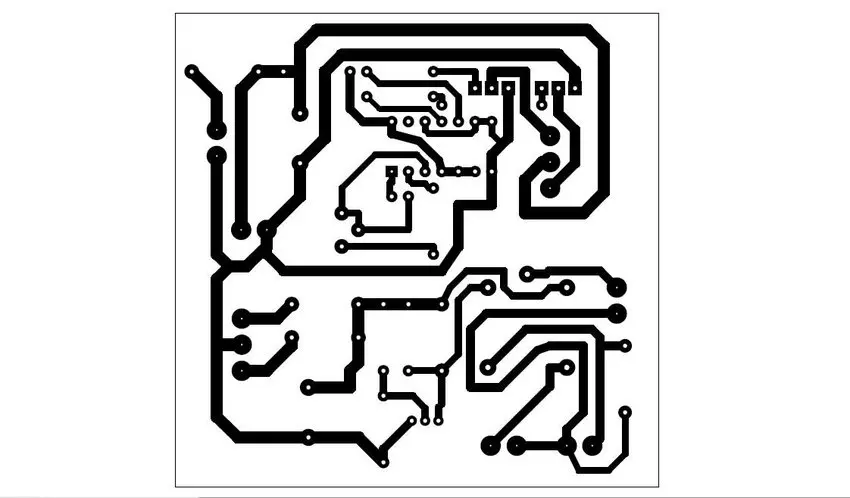Understanding Impedance
Impedance is a measure of how much a circuit resists current when you apply a voltage. It's a big deal in designing and understanding circuits. Whether you're working on a big industrial project or a little DIY electronics kit, knowing how to calculate impedance will help you make your stuff work better and avoid problems.
In this ultimate guide, we're going to dive deep into how to find impedance in a circuit. We'll break it down step-by-step, give you all the formulas and examples you need, and even throw in some helpful images and tables to make sure you get it.

What is the Rule for Impedance in a Circuit?
Impedance (ZZZ) in a circuit is the vector sum of resistance (RRR) and reactance (XXX). The formula is given by:
Z=R2+X2Z = \sqrt{R^2 + X^2}Z=R2+X2
- Resistance (R): The opposition to direct current (DC).
- Reactance (X): The opposition to alternating current (AC), which can be inductive (XLX_LXL) or capacitive (XCX_CXC).
For an inductor: XL=ωLX_L = \omega LXL=ωL where ω=2πf\omega = 2\pi fω=2πf (angular frequency), and LLL is inductance.
For a capacitor: XC=1ωCX_C = \frac{1}{\omega C}XC=ωC1 where CCC is capacitance.

How to Check the Impedance of a Wire?
The impedance of a wire can be measured using the current-voltage (I-V) method. This involves applying a known voltage to the circuit and measuring the resulting current. The formula used is:
Z=VIZ = \frac{V}{I}Z=IV
Steps:
- Apply a known voltage (VVV) across the wire.
- Measure the current (III) flowing through the wire.
- Calculate impedance using the formula above.
Example I-V Method Measurements
| Voltage (V) | Current (I) | Impedance (Z) |
|---|---|---|
| 5V | 0.5A | 10Ω |
| 10V | 1A | 10Ω |
| 15V | 1.5A | 10Ω |

What is Impedance Determined By?
Impedance is determined by several factors:
- Resistance: The inherent resistance of the components and materials in the circuit.
- Inductive Reactance: Caused by inductors in the circuit.
- Capacitive Reactance: Caused by capacitors in the circuit.
- Frequency of the AC Signal: Higher frequencies increase inductive reactance and decrease capacitive reactance.

How to Find Impedance in a Parallel Circuit?
Finding impedance in a parallel circuit involves calculating the total impedance from the individual branch impedances. The formula is:
1Ztotal=1Z1+1Z2+⋯+1Zn\frac{1}{Z_{total}} = \frac{1}{Z_1} + \frac{1}{Z_2} + \cdots + \frac{1}{Z_n}Ztotal1=Z11+Z21+⋯+Zn1
- Calculate the impedance of each branch.
- Use the above formula to find the total impedance.
Impedance in Parallel Circuit Example
| Branch | Impedance (Z) |
|---|---|
| Z1 | 20Ω |
| Z2 | 30Ω |
| Z3 | 60Ω |
| Total | 10Ω |
How to Calculate Impedance in an AC Circuit?
Impedance in an AC circuit is calculated using both resistance and reactance. The total impedance is:
Z=R2+(XL−XC)2Z = \sqrt{R^2 + (X_L - X_C)^2}Z=R2+(XL−XC)2
Example Calculation:
- Given: R=10ΩR = 10ΩR=10Ω, XL=15ΩX_L = 15ΩXL=15Ω, XC=5ΩX_C = 5ΩXC=5Ω.
- Calculate Xtotal=XL−XC=15Ω−5Ω=10ΩX_{total} = X_L - X_C = 15Ω - 5Ω = 10ΩXtotal=XL−XC=15Ω−5Ω=10Ω.
- Calculate Z=102+102=200=14.14ΩZ = \sqrt{10^2 + 10^2} = \sqrt{200} = 14.14ΩZ=102+102=200=14.14Ω.

How to Calculate Impedance in an RC Circuit?
In an RC circuit (resistor and capacitor), the impedance is calculated as:
Z=R2+XC2Z = \sqrt{R^2 + X_C^2}Z=R2+XC2
Example Calculation:
- Given: R=10ΩR = 10ΩR=10Ω, XC=20ΩX_C = 20ΩXC=20Ω.
- Calculate Z=102+202=500=22.36ΩZ = \sqrt{10^2 + 20^2} = \sqrt{500} = 22.36ΩZ=102+202=500=22.36Ω.

Impedance in Series and Parallel Circuits
- Series Circuits:In a series circuit, the total impedance is the sum of individual impedances:
- Ztotal=Z1+Z2+⋯+ZnZ_{total} = Z_1 + Z_2 + \cdots + Z_nZtotal=Z1+Z2+⋯+Zn
- Parallel Circuits:As previously discussed, the total impedance in a parallel circuit is calculated using the reciprocal formula:
1Ztotal=1Z1+1Z2+⋯+1Zn\frac{1}{Z_{total}} = \frac{1}{Z_1} + \frac{1}{Z_2} + \cdots + \frac{1}{Z_n}Ztotal1=Z11+Z21+⋯+Zn1

How to Calculate Impedance of a Capacitor?
The impedance of a capacitor in an AC circuit is given by:
XC=1ωCX_C = \frac{1}{\omega C}XC=ωC1
- ω=2πf\omega = 2\pi fω=2πf (angular frequency)
- CCC is the capacitance
Example Calculation:
- Given: f=60Hzf = 60Hzf=60Hz, C=100μFC = 100μFC=100μF.
- Calculate ω=2π×60=377 rad/s\omega = 2\pi \times 60 = 377 \text{ rad/s}ω=2π×60=377 rad/s.
- Calculate XC=1377×100×10−6=26.5ΩX_C = \frac{1}{377 \times 100 \times 10^{-6}} = 26.5ΩXC=377×100×10−61=26.5Ω.
Summary
Determining impedance in a circuit involves understanding the interplay between resistance and reactance. By applying the relevant formulas and methods, such as the I-V method and the impedance calculation for series and parallel circuits, you can accurately determine the impedance in any circuit. This knowledge is essential for optimizing circuit performance and ensuring reliable operation in various applications.
If you have any questions or need further information about PCB technologies, feel free to leave a comment below. Don’t forget to share this article if you found it useful, and stay connected for more insights into the fascinating world of electronics!



